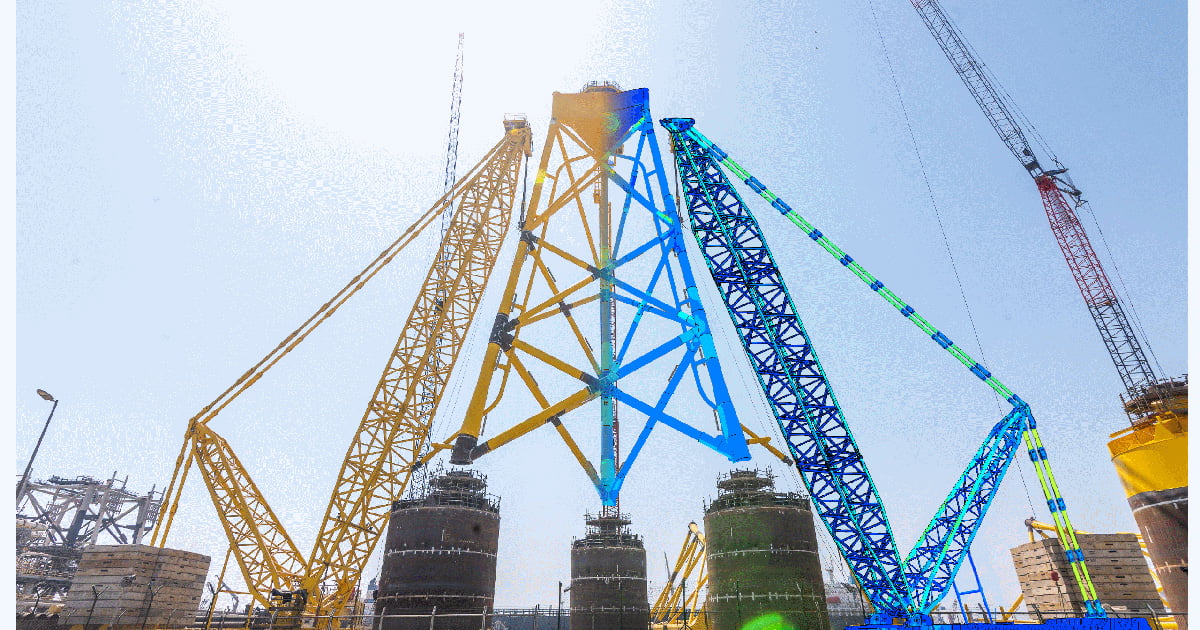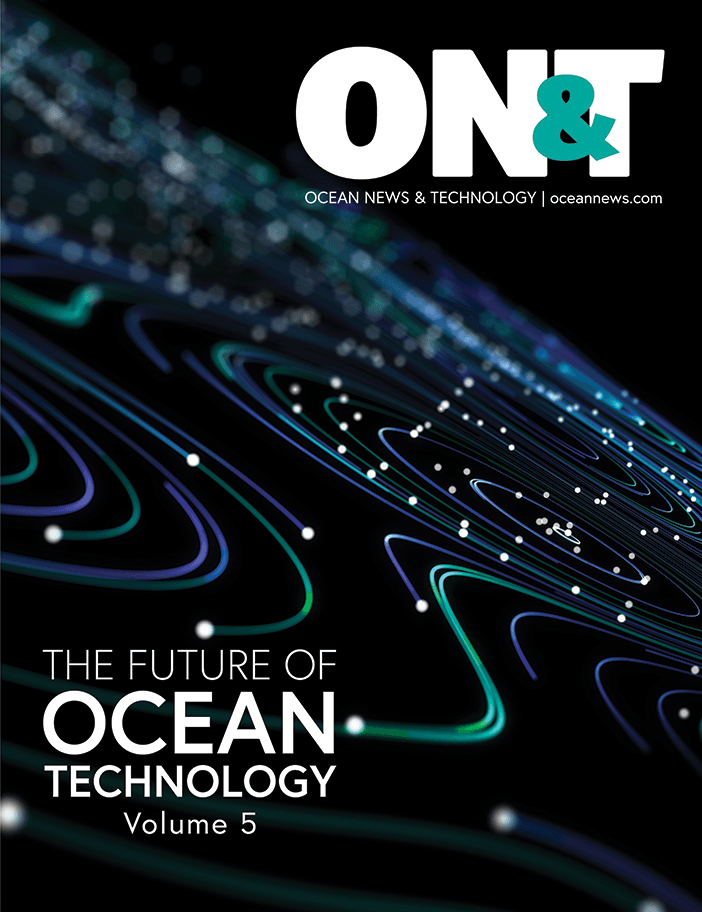Offshore wind is growing, but not quickly enough. While the industry is booming, it is currently not adding enough capacity to hit net-zero targets required to stave off the worst of climate change. If we are to hit the International Energy Agency (IEA) target of net-zero global emissions by 2050, 80 GW must be built annually from now until 2050.
To read the full article, which was featured in ON&T October 2022, click here.

